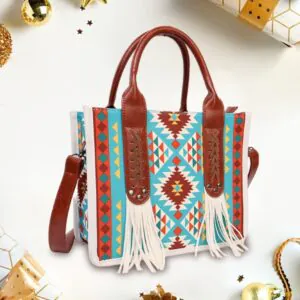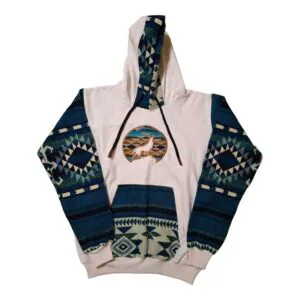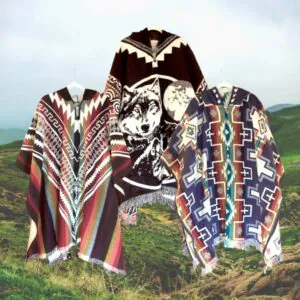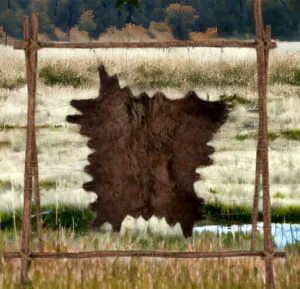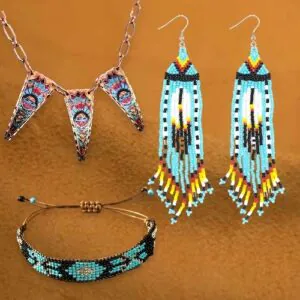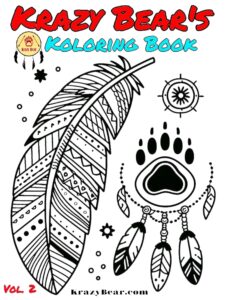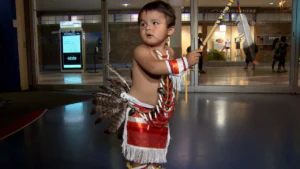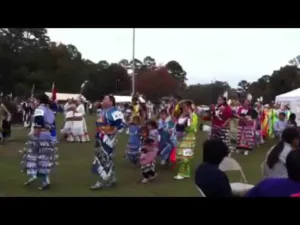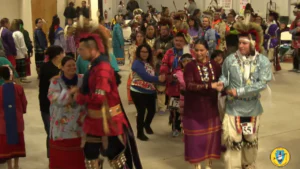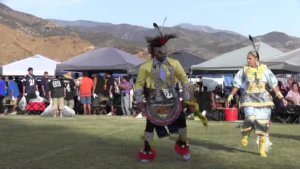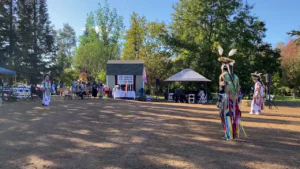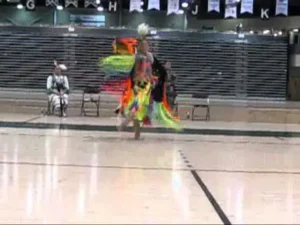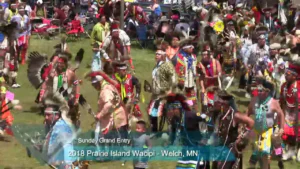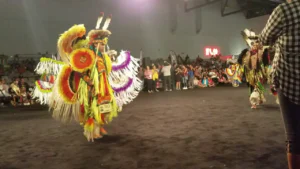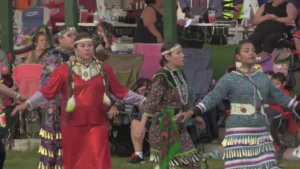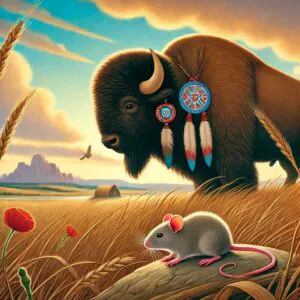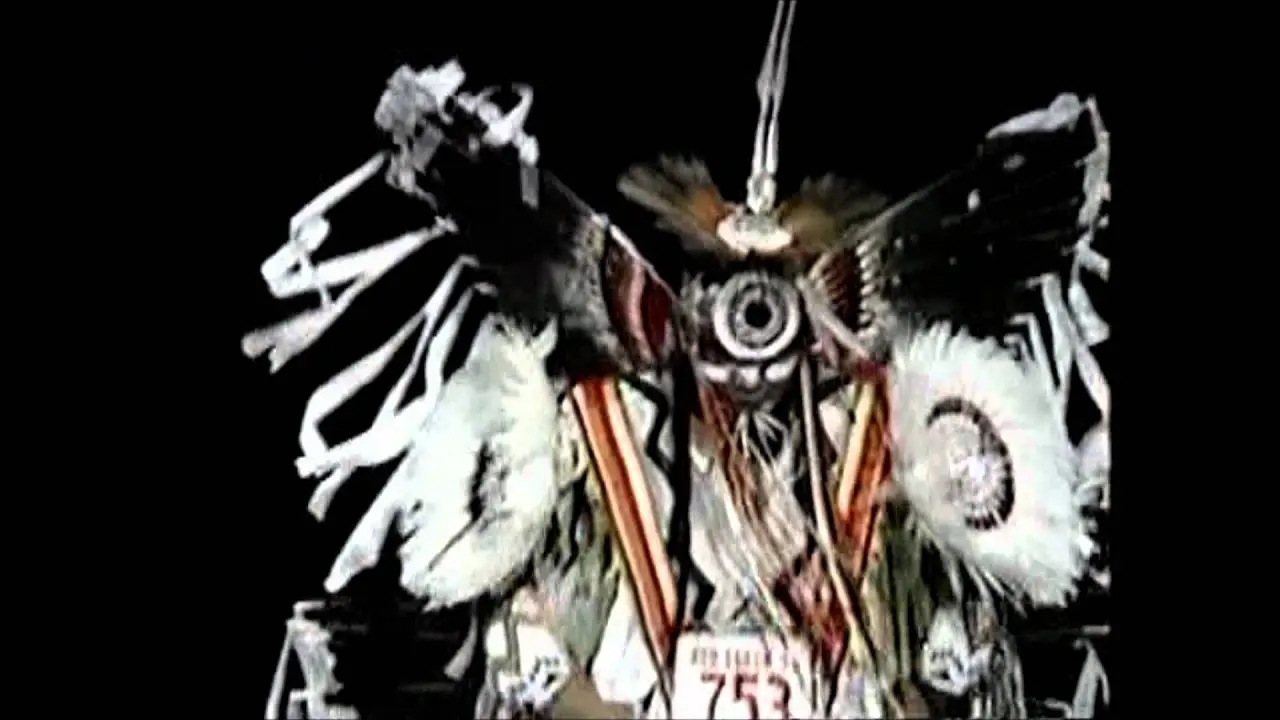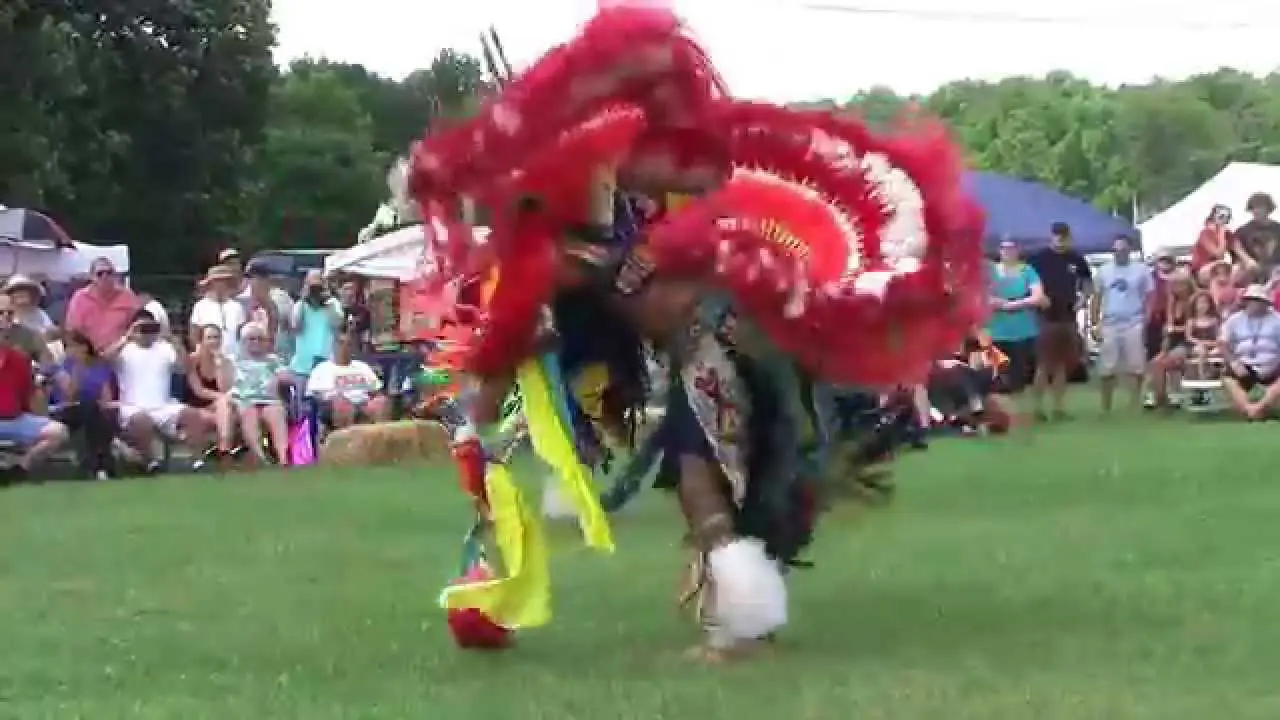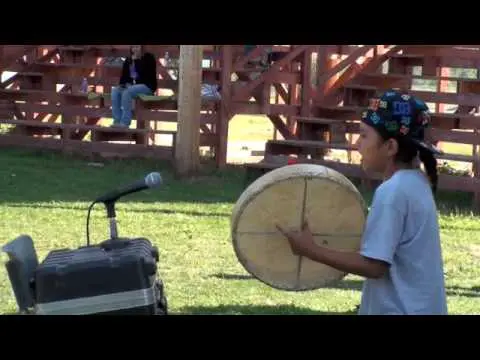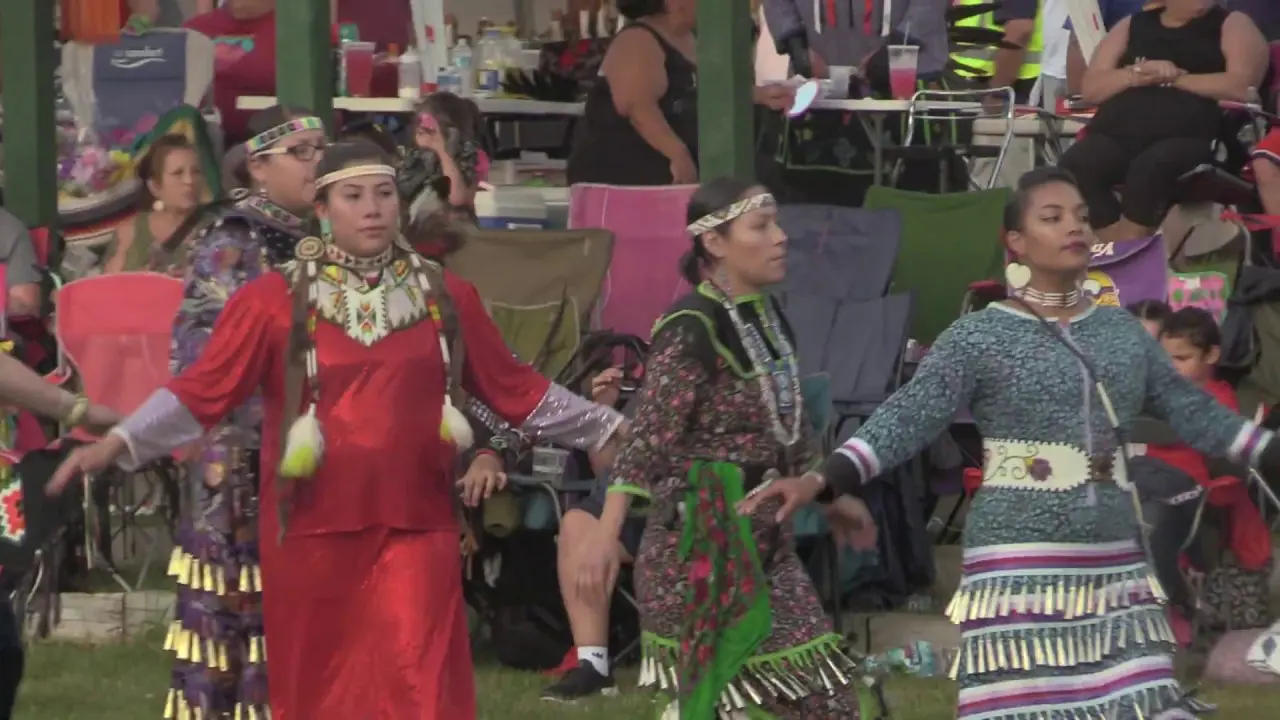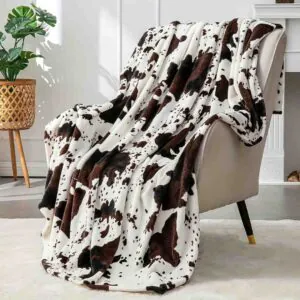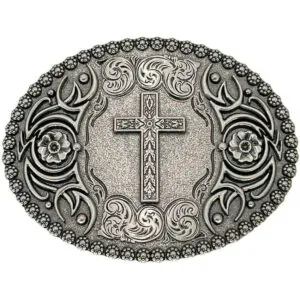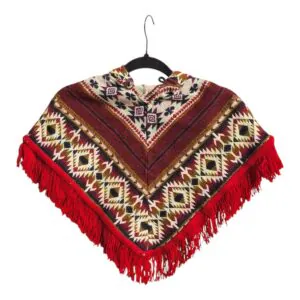It was spring when the young Anishnabe Warrior arrived in the community. There was something different about him that many could not understand. His eloquent speech and the confidence he exuded were foreign to those from the “Traditional Circle.” Many were hesitant to speak with him, believing there was something amiss, although no one could find fault with his actions or the work he did. This young man knew little about the ways of the Circle, and he decided to learn from them. After several months of talks and teachings, he grasped what was expected of him as a Warrior within the Traditional Circle.
After many months of learning, he returned to the Elders with questions about the state of the community. He was troubled by the sight of old people, disabled individuals, and mothers relying on the government to care for their families, while their men were absent. He questioned why certain things were only accessible to a select few within the Circle. The Elders told him that he was meddling in the community’s affairs and that his thoughts were not acceptable. It seemed unjust to him that only those who could gather sacred medicines had access to them. Similarly, the Elders did not possess Eagle Feathers for their status, while the young, strong dancers did. Again, he was told that this was simply how things had become in the community, and unless he could propose a better way, that was the status quo.
This young Warrior felt increasingly frustrated as he sensed the dominant culture’s influence seeping into their traditions. He believed that the teachings of the community should be accessible to all, not just to the self-sufficient few. Seeking guidance, he went to the Grandmothers and Grandfathers. Recognizing the gravity of the situation, he placed his gifts down before entering the fasting lodge. This lodge was different from the teaching and prayer lodges; it was designed for need. He prayed and fasted for many days. Eventually, a Grandmother from the Northeast appeared before him, drew a circle in the center of the lodge, and marked four points. She instructed him to travel in the four directions to find the answers he sought.
The young Warrior thanked her for her sacred teaching and offered more gifts to the Grandmothers and Grandfathers. He then began his journey, starting in the East. Along a small brook in a clearing, he spotted a Crane and took time to observe it. When the Crane flew away, he once again offered gifts to the Grandmothers and Grandfathers. Approaching the Crane’s former spot, he was greeted by a familiar, pungent aroma and discovered a 10-acre field of sweetgrass within his trap line. He began to harvest the sweetgrass carefully, ensuring he did not uproot it, allowing it to regrow the following year. He filled his sled to a height of four feet with sweetgrass braids.
Upon returning to his community, he distributed all the sweetgrass he had gathered, holding nothing back. He then journeyed south and found wild tobacco, which he harvested in the same manner, giving every tie away without keeping any for himself. Next, he traveled to the West, located Sage, and again shared it all with the community, saving nothing. Finally, he ventured North and found the great Cedar Grandfather, passing its gifts out to those in need without reserving anything for himself.
When the Elders questioned his actions, he explained, “Because everyone is equal and everyone deserves to have what everyone else possesses. I may have nothing now, but I know where to find what is needed, for I walked the path of the Grandmothers and Grandfathers. If there is ever a need in this community again, I will return and do the same. Those who elevate themselves based on the suffering of others are not truly great, and your Sacred Lodge is an abomination to the Grandmothers and Grandfathers. Put your own house in order, and then help others to do the same. When every house in the community is in order, there will be peace in the lodge, and many good prayers will be sent out.” He added that he would give one more gift, one that was instructed of him.
He set off on a long journey to the West in search of the Grandmothers’ and Grandfathers’ great gifts. He discovered a valley filled with Eagle Feathers, and once more, he offered gifts to the Grandmothers and Grandfathers. He returned to the community and shared the Golden Eagle Feathers for healing, distributing them all without keeping one for himself. He ensured that every person in need received a feather. This final act of defiance angered the Elders, who openly criticized his generosity.
At the community powwow, a young dancer, the son of an Elder, lost his Eagle Feather in the circle. A call went out for Veterans to restore the Spirit of the Eagle to the People with honor. Dressed in full Regalia as instructed, the young Warrior stepped forward and took his place in the East with the other Veterans. When it was time to choose someone to pick up the feather and give it away, he was the only wounded Veteran present, and the honor became his alone. When he retrieved the feather, he asked the Elders to whom he should give the Eagle Feather.
He approached a young girl in a wheelchair and gifted her the Eagle Feather. “I came for the community,” he said. “The dancer has many feathers, but she had none. Care for what you have, or the Grandfathers and Grandmothers will lighten your burden.”
This is a true story of the people.
